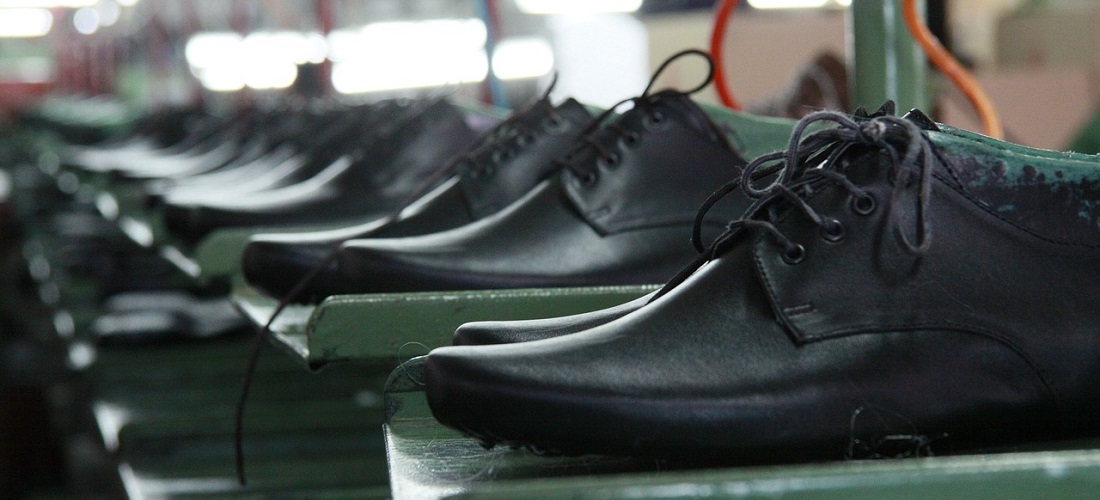
Exports of Footwear from Ceará Drop 25% Amid Strong Asian Competition
Jan, 28, 2025 Posted by Denise VileraWeek 202505
Ceará exported 6 million fewer pairs of shoes in 2024 compared to 2023, according to a report by the Brazilian Footwear Industry Association (Abicalçados), based on data from the Foreign Trade Secretariat (Secex). This decline represents a 17.5% drop in export volume.
In absolute terms, the state shipped 30.1 million pairs abroad in 2024, compared to 36.6 million in the previous year. Financially, the reduction was even more significant: a loss of R$ 66 million, or 24.9%. The average value per pair also dropped by 9%, further impacting revenues.
Below is a history of footwear exports via the Port of Fortaleza. The data is from DataLiner:
Footwear Exports via the Port of Fortaleza | Jan 2021 – Nov 2024 | TEUs
Source: DataLiner (click here to request a demo)
National Scenario
The decline in exports was not unique to Ceará. Among the 10 states analyzed in the report, only Bahia (2.1% growth) and Mato Grosso do Sul (335% increase) showed positive results in export values.
In Rio Grande do Sul, Brazil’s largest footwear producer, exports also fell: a 10.9% drop in value, 8.6% in the number of pairs, and 2.6% in the average value per pair. Still, the state maintained its national leadership, followed by Ceará.
International Competition and Domestic Challenges
Experts point out that Brazil’s footwear industry faces growing challenges in the global market. According to Ulysses Reis, an MBA professor at Fundação Getúlio Vargas (FGV), Asian countries such as China, Indonesia, and Cambodia have stood out due to their combination of advanced technology, low production costs, and efficient infrastructure.
“These countries don’t face costs related to Brazil’s IPI tax, logistical challenges, or bureaucracy that impact Brazilian competitiveness. As a result, the pressure on our exports is expected to increase even further,” says Reis.
Additionally, economist Ricardo Coimbra highlights the importance of the U.S. market for Ceará. “The United States is the main destination for our exports. If it implements tariff or trade barriers, the Trump administration’s stance could bring new challenges in 2025,” he states.
National Production on the Rise
Despite the drop in exports, national footwear production saw growth. According to IBGE, the “Leather Preparation and Footwear Manufacturing” sector grew by 22.4% from January to November 2024 compared to the same period in 2023.
In Ceará, the sector’s strength was emphasized by Ricardo Cavalcante, president of the Ceará State Federation of Industries (Fiec). “The sector represents 19.5% of the state’s GDP, accounts for 22% of state ICMS tax revenue, and directly employs 380,000 people. These figures demonstrate its importance to the state’s economy,” he emphasized.
Brazilian Footwear Exports in 2024
Brazil exported USD 72.3 million in footwear in 2024, marking a slight 1.4% decrease compared to 2023. However, the number of pairs grew by 5.4%, while the average value per pair fell by 6.5%.
According to Haroldo Ferreira, executive president of Abicalçados, the domestic market played a crucial role in the industry’s recovery in 2024, especially after the floods in Rio Grande do Sul. He believes that in 2025, the domestic market will continue to be the main growth driver for the sector.
Outlook for 2025
The outlook for 2025 remains challenging, with potential global political and economic developments. In addition to Asia’s growing competitiveness, U.S. trade policies could directly impact Ceará’s exports.
Another key concern is the possible formation of a trade agreement between Argentina and the U.S., which Presidents Javier Milei and Donald Trump have discussed. “If this agreement is finalized, the Brazilian industry could lose market share in Argentina, intensifying difficulties for the footwear sector,” warns Ulysses Reis.
Despite challenges in foreign trade, experts see opportunities in the domestic market for the sector to maintain its economic and social relevance, particularly in states such as Ceará and Rio Grande do Sul, which are pillars of Brazil’s footwear industry.
Source: Diário do Nordeste
-
Other Logistics
Jan, 10, 2024
0
Stakeholders Unite to Solve Truck Traffic Issues in São Paulo Coast
-
Grains
Mar, 19, 2024
0
Brazil records 92,000 tonnes of rice surplus at the end of export season
-
Grains
Aug, 17, 2023
0
Election-caused instability leaves new soy dollar at risk in Argentina
-
Ports and Terminals
Jul, 05, 2021
0
Largest ship towing operator in the world starts operations at the Port of Pecém


